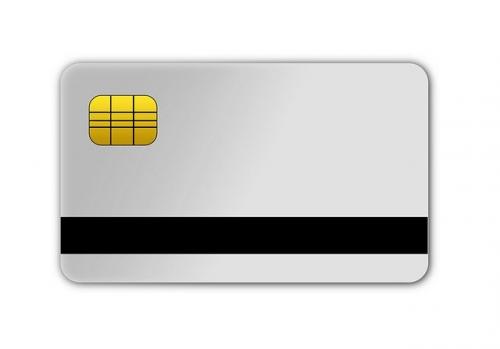Future of Smart Cards

Smart cards
prevent the risk of fraudulent activities such as data theft and cloning due to
their enhanced security features. They also contribute toward cost saving for
payment merchants, thereby encouraging the adoption of these cards for digital
services and reduced overhead costs for service providers.
The
global smart cards market is predicted to reach USD 15.4
billion by 2025, according to a new study by Grand View Research, Inc. The
increasing demand for the product, across various applications, such as payment
transactions, cell phones, ID verification & access controls, is presumed
to favor the market growth over the forecast period. Smart cards are used in
several applications including the retail, healthcare, government, and
hospitality sectors, promoting the market demand over the forecast period by
providing effective data storage, efficient payment transactions, and faster
processing time.
The increasing use of smart cards in the telecommunication and BFSI segments is expected to drive the market over the next nine years. Their implementation in retail applications enables secure transactions and provides new opportunities to the market.
The demand for smart cards is mainly attributed to their cost effectiveness that allows the product to be used in applications such as ticketing, digital banking services, and communication. Its tamper-proof storage and user identity data storage capabilities are superior to other conventional machine readable cards.
Smart cards
are extensively used to enable secure payment transactions and to promote
cashless payments, thereby, enabling cost savings for payment merchants and
offering convenience to the consumers. The use of mobile phones and IoT devices
has further promoted the use of SIM & data chips thereby driving the demand
for the product. These devices are increasingly used in retail applications to
enable faster transactions and reduce the checkout time. These advantages are
enabling growth of the industry at a significant rate, over the next nine
years.
Further key
findings from the study suggest:
- The
telecommunication application segment dominated the overall market in 2015
and accounted for over 46% of the market in the same year
- The contact
cards segment was a key segment in 2015 and accounted for over 65% of the
overall industry revenue
- Contact cards
provide ease of transactions, owing to their low costs and low
handling-charges. Contactless cards are also expected to grow,
significantly, due to the elimination of physical card insertion and
better security.
- The
microcontroller-based segment accounted for over 70% of the overall smart
cards market in 2015
- The Asia
Pacific region is expected to significantly contribute to the industry
growth and accounted for over 45% of the global industry revenue in 2015
- The key
industry participants include American Express Company, Atos SE, CPI Card
Group, Gemalto NV, Giesecke & Devrient (G&D) GmbH, Infineon
Technologies AG, Inside Secure SA, NXP Semiconductors NV, and Texas
Instruments, Inc.
Access
full research report on global smart cards market:
www.grandviewresearch.com/industry-analysis/smart-card-industry
Post Your Ad Here
Comments